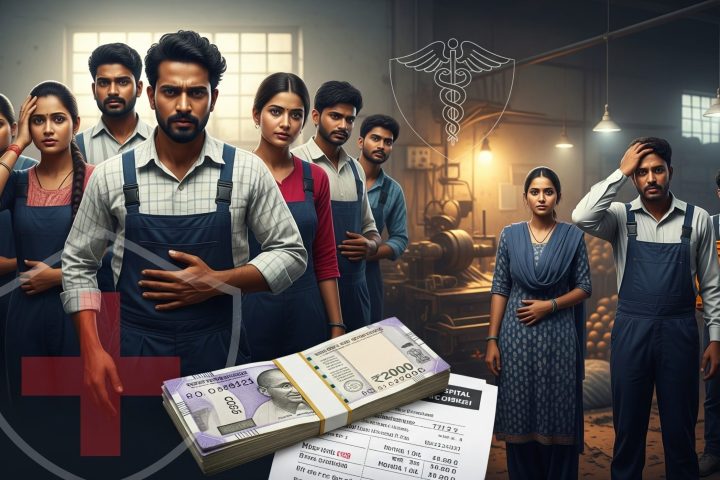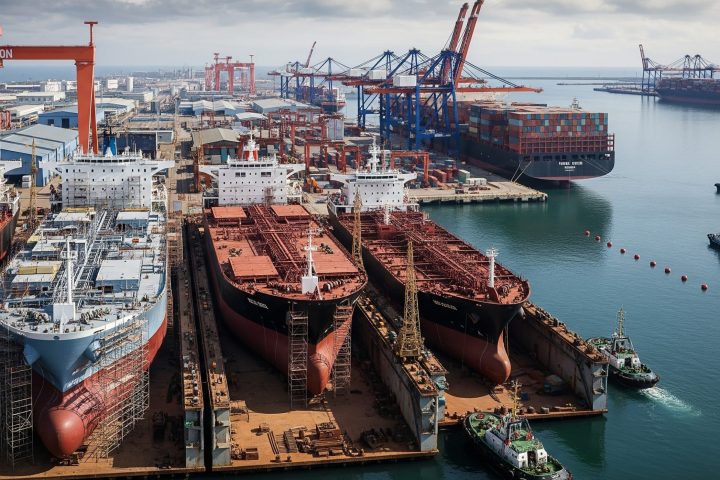My No. MUM/TRD/TENDERS
Mr. Sandeep Khosla
Director General
Bombay Chamber of Commerce & Industry
Dear Mr. Sandeep Khosla,
Invitations for Bids – SriLankan Catering Ltd.
Ref. No. SLC/MIPC/GOODS/2025/037, SLC/MIPC/GOODS/2025/039, SLC/DPC/GOODS/2025/089 & SLC/DPC/GOODS/2025/090
I wish to inform you that, SriLankan Catering Ltd. has invited bids for the following;
| No. | Ref. No | Item Description | Closing Date & Time |
| 1. | SLC/MIPC/GOODS/2025/037 | Supply of Oil Vegetables for One Year (20th November 2025 to 19th November 2026) | 28th October 2025 at 11.00 am (Sri Lanka local time GMT+5:30). |
| 2. | SLC/MIPC/GOODS/2025/039 | Supply of Whipping Cream Diary Base & Whipping Cream Veg Base for One Year (1st December 2025 to 30th November 2026) | 28th October 2025 at 11.00 am (Sri Lanka local time GMT+5:30). |
| 3. | SLC/DPC/GOODS/2025/089 | Supply of Cheese Items for One Year (1st December 2025 to 30th November 2026) | 28th October 2025 at 11.00 am (Sri Lanka local time GMT+5:30). |
| 4. | SLC/DPC/GOODS/2025/090 | Supply of Processed Meat Items for One Year (25th November 2025 to 24th November 2026) | 28th October 2025 at 11.00 am (Sri Lanka local time GMT+5:30). |
Please find attached herewith a copy of the bid document of the above.
It would be appreciated, if you could kindly make necessary arrangements to disseminate the same among your membership.
With warm regards,
Shirani Ariyarathne
Consul
Consulate General of Sri Lanka
34, Homi Mody Street, Fort
Mumbai 400001
Tel: (+ 91 22 )22045861/22048303
Fax: (+ 91 22) 22876132
E -mail: slcg.mumbai@mfa.gov.lk










